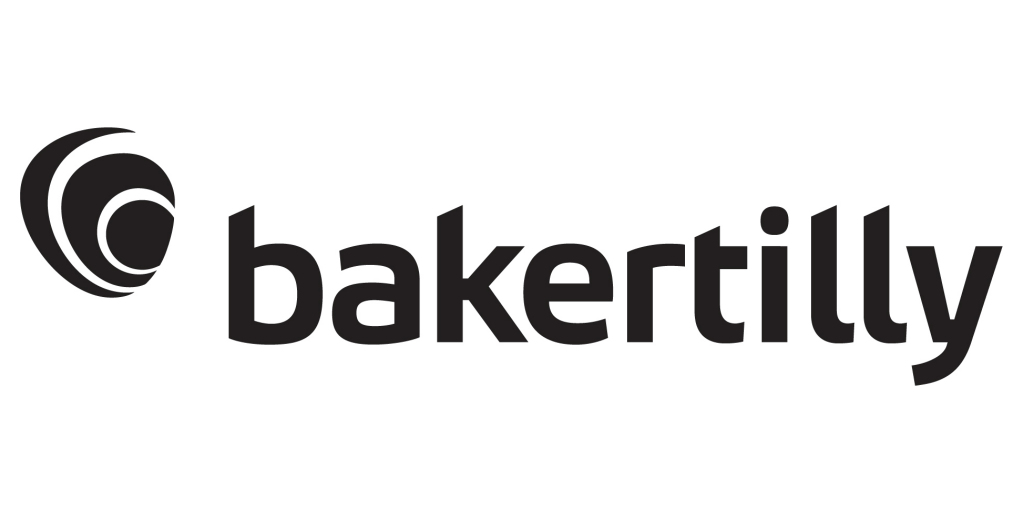From Low-Code to AI: Lessons in Empowering Enterprise Users
Authored by Baker Tilly’s Dave DuVarney
Enterprise artificial intelligence (AI) agents are emerging as the next wave of workplace productivity. These custom-built assistants streamline tasks, automate processes and personalize support for users across the organization. And much like the low-code movement of years past, this innovation isn’t coming from developers alone.
The rise of low-code AI adoption is empowering power users, business analysts and frontline employees to create AI agents without writing a single line of code. With tools like Microsoft Copilot, agent-building has enabled employees to design and deploy AI-powered helpers using natural language, intuitive workflows and contextual prompts.
This democratization of development presents a powerful opportunity and a familiar challenge. To scale responsibly, organizations must apply the lessons learned from the low-code era to ensure these agents are governed, supported and aligned to business priorities.
Why it matters: AI agents are growing fast
The demand for AI agent capabilities is accelerating rapidly. In a recent Cloudera1 survey, 96% of U.S. enterprises said they plan to expand AI agent deployments within the next 12 months. As the barrier to entry falls, the number of agents being created and the range of use cases is poised to multiply.
These tools unlock innovation by enabling users closest to business challenges to design their own solutions. However, without the right frameworks in place, this growth can lead to redundancies, inconsistencies and risk.
The low-code playbook still applies
Many of the practices that helped organizations succeed with low-code platforms apply equally to enterprise AI agents:
- Tiered environments: Just as with app development, organizations should establish development, testing and production environments for agents to ensure quality and safety
- Champion networks: Identifying and empowering early adopters or “agent champions” help promote best practices, support peers and surface high-value solutions
- Usage analytics: Monitoring engagement with AI agents can highlight what’s working, what needs refinement and what should be retired
This approach enables safe experimentation without sacrificing oversight. It also creates a structured path for successful agents to be scaled across the enterprise.
Agent champions: A proven model for scale
Champion networks are one of the most effective ways to scale emerging technologies. In the context of AI agents, champions are the users building, testing and refining solutions to real business problems.
By fostering a community of practice, where these champions can share learnings, answer questions and showcase their work, organizations can accelerate innovation while creating a strong feedback loop with IT and governance teams. Successful agents can then be reviewed, hardened and promoted to broader use, ensuring that grassroots creativity leads to enterprise-grade outcomes.
Managing agent sprawl through governance
As with SharePoint sites or Microsoft Teams channels, unchecked growth can quickly lead to “agent sprawl.” AI agents may be created in isolation, duplicated across teams or left unused over time.
To stay ahead of this, organizations should implement a governance framework that includes:
- Publishing controls: Require a review process before agents are made broadly available
- Monitoring and maintenance: Use analytics tools to track usage and identify dormant agents for decommissioning
- Ownership models: Assign accountability for active agents, ensuring they are maintained, updated and aligned with evolving business needs
This approach balances agility with control, allowing innovation to flourish while minimizing duplication, drift and technical debt.
A call to action for digital leaders
- AI agents aren’t a future state — they’re already here. Digital leaders should take proactive steps now to channel emerging energy into sustainable programs. This includes:
- Establishing clear guidelines for agent development and deployment
- Supporting communities of practice and champion contributors
- Implementing monitoring tools and governance processes
- Creating a culture where innovation is encouraged, but not unbounded
Those who act early will not only mitigate risk but also unlock a new level of distributed problem-solving across the enterprise.
How Baker Tilly can help
Baker Tilly’s digital solutions team supports enterprise AI adoption with tailored services that accelerate progress while managing risk. Through AI innovation workshops and readiness assessments, organizations can:
- Identify opportunities for agent development
- Empower business users with the tools and training they need
- Build governance structures that prevent sprawl and ensure sustainability
By combining grassroots innovation with strategic oversight, enterprises can safely scale the next generation of AI-powered productivity.
Connect with a Baker Tilly specialist to learn more

